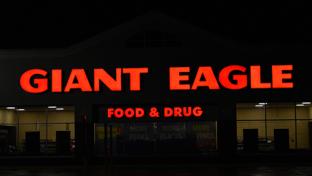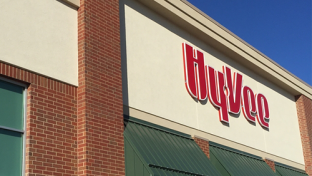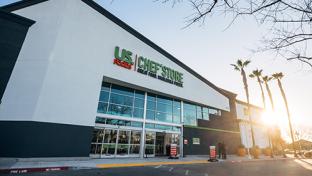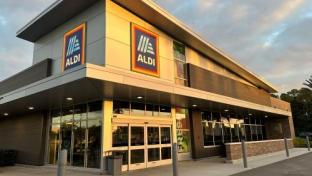How to Avoid Ops and Replenishment From Falling Out of Sync
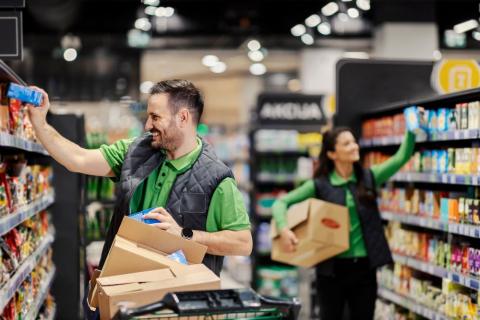
Consumers spent decades relatively unaware of how the modern grocery supply chain works, but thanks to a series of unfortunate events over the past several years, they’re more conscious than ever about how products get from Point A to Point B — or how they don’t. Seeing products on shelves and having the right mix of items are still essential to any shopper, which makes proper replenishment strategies paramount for both top-line revenue and bottom-line profitability.
Today’s Automated Solutions
While some lingering supply chain issues still exist, a bevy of automated data-driven solutions is being rolled out to help food retailers keep their operations and replenishment in perfect sync. Johanna Småros, co-founder of Finland-based RELEX Solutions, believes that automation radically reduces the time spent on routine tasks in store replenishment planning and can even give supply chain analysts the upper hand. “When store replenishment is automated and replenishment planning centralized to a knowledgeable team, your planning experts can make a visible difference in hundreds of stores, almost immediately, simply by fine-tuning replenishment settings,” Småros writes.
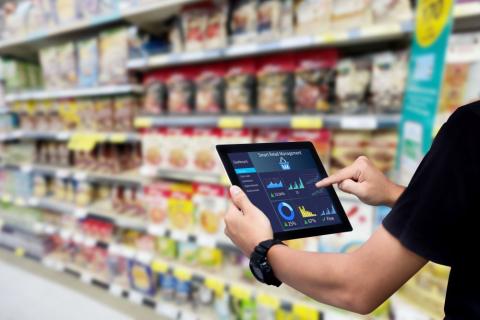
Specific examples of automated replenishment solutions include:
AI-Based Demand Forecasting: According to Mississauga, Ontario-based Invafresh, while traditional demand-planning approaches in food retail have typically been reactive, proactive strategies based on artificial-intelligence (AI) forecasting can leverage real-time data and advanced analytics to do everything from optimizing inventory management to improving customer satisfaction.
[Read more: "Grocers Can Demonstrate Using AI for Good"]
Invafresh’s AI-enhanced forecast engine can anticipate future demand and considers the unique elements of fresh food retail, including time sensitivity, shelf-life considerations, promotions, seasonal activity and cannibalization.
Internet of Things (IoT) Sensor Technology: IoT — that invisible network of connected devices that facilitates communication between devices and the cloud — has proved to be a force for good when it comes to product traceability, visibility and even replenishment. Caesarea, Ill.-based Wiliot's ambient IoT Pixels help food retailers do everything from getting a real-time view of where a particular product case has been and where it’s going, to seeing other attributes like source, temperature history, critical tracking events and carbon footprint.
Most importantly, IoT Pixel users can see a real-time view of their shelf-level inventory, enabling improved on-shelf availability, merchandising, reducing overstock and out-of-stock, and omnichannel fulfillment.
Digital Shelf Cameras: Shelf-mounted cameras that can scan the vicinity every hour, like those from San Francisco-based Focal Systems, use state-of-the-art deep learning and Al to accurately detect ins, outs, lows, planogram noncompliance, restock events and spoiled produce. This ultimately helps optimize ordering, inventory management, merchandising and in-store labor. Springfield, N.J.-based Village Super Market Inc. will roll out the Focal Systems Operating System (FocalOS) chainwide at its ShopRite and Fairway Market banner stores.

c1dd.jpg)
